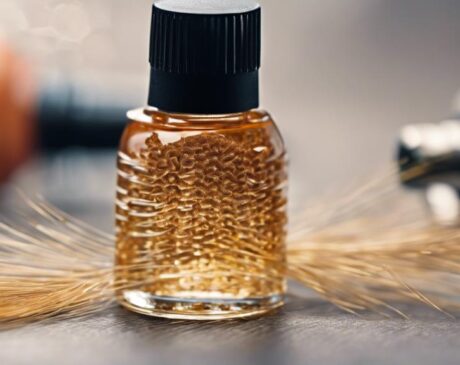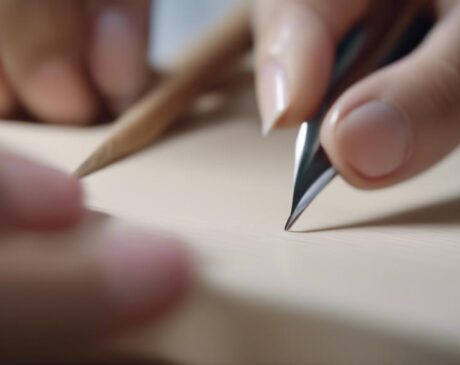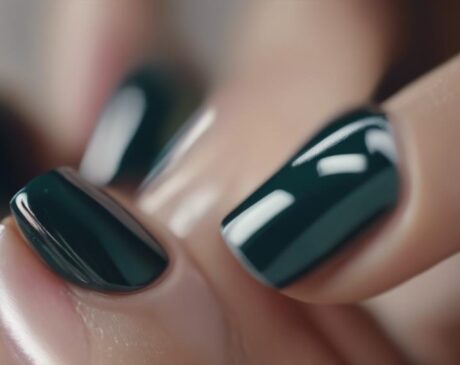Why Wont My Liquid Nails Harden?
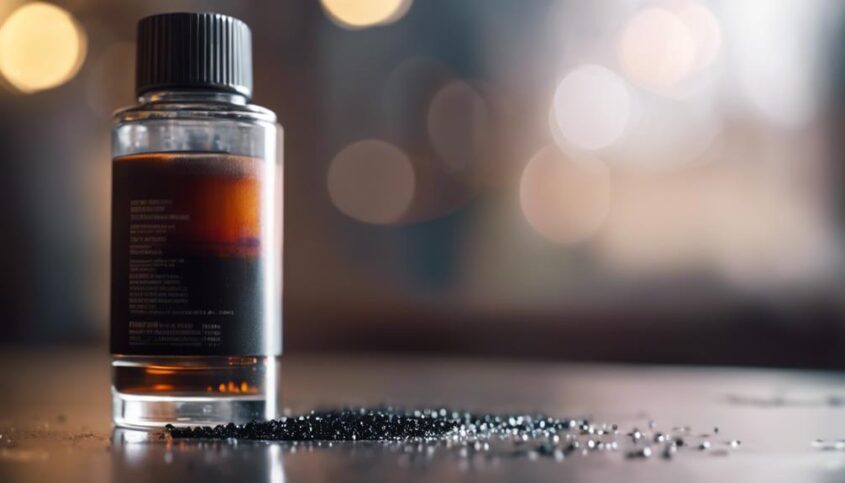
Liquid Nails may not harden due to Incorrect Surface Preparation. Clean, dry, and rough surfaces are vital for proper adhesion. Applying correctly with a caulking gun is crucial. Improper moisture levels and expired products can also hinder hardening. Patience during the curing process is key. For more in-depth understanding, explore factors affecting Liquid Nails hardening.
Key Takeaways
- Inadequate surface preparation like cleanliness, dryness, and roughening affects Liquid Nails hardening.
- Improper application techniques such as incorrect amount, dispensing, and securing can prevent hardening.
- High moisture or humidity levels impede Liquid Nails hardening process.
- Expired or old Liquid Nails can lead to weak bonds and hinder hardening.
- Rushing or inadequate curing time compromises Liquid Nails' ability to harden effectively.
Incorrect Surface Preparation
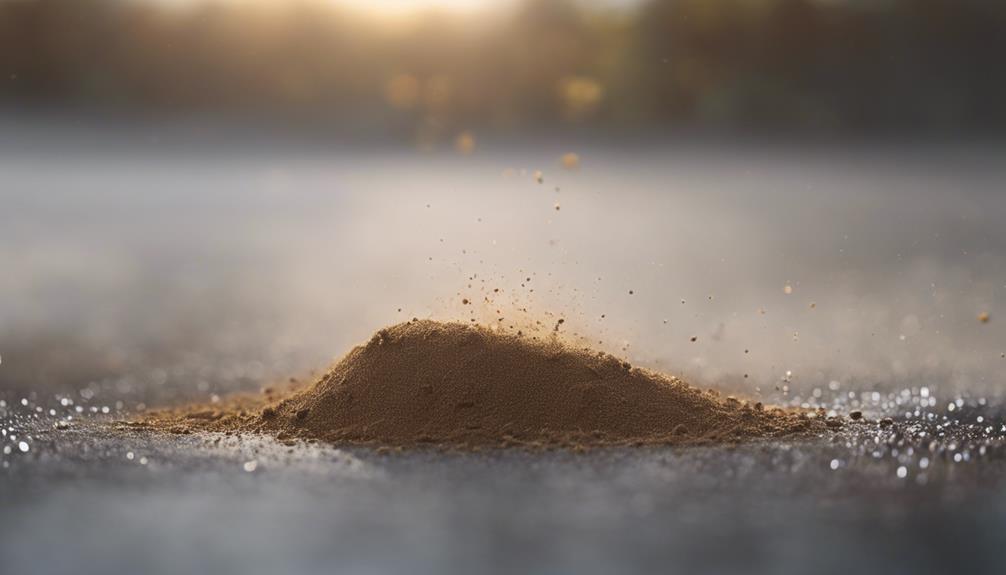
Improper surface preparation is often the leading cause of Liquid Nails failing to harden as expected. This critical step is where many DIY enthusiasts and professionals alike face challenges. Liquid Nails, a versatile construction adhesive, requires a clean, dry, and roughened surface to ensure proper adhesion. Failure to adequately prepare the surface can result in the adhesive not curing correctly, leading to a weak bond that eventually fails.
To prevent such issues, it is essential to thoroughly clean the surfaces that will be bonded. Any dust, dirt, grease, or other contaminants must be removed to allow the Liquid Nails to adhere effectively. Additionally, roughening the surfaces with sandpaper can significantly improve the bond strength by providing a textured surface for the adhesive to grip onto.
Innovations in surface preparation techniques, such as the use of solvent-based cleaners and mechanical abrasion tools, can further enhance the effectiveness of Liquid Nails. By embracing these advanced methods, users can ensure proper surface preparation, leading to successful adhesive hardening and long-lasting bonds.
Improper Application Technique
Insufficient attention to proper technique during the application process can significantly impact the curing and hardening of Liquid Nails, potentially compromising the strength and durability of the bond. When applying Liquid Nails, it is crucial to follow the manufacturer's instructions meticulously. One common mistake is applying too much or too little adhesive. Using too little can lead to weak adhesion, while excessive application can prolong the curing time or prevent it from hardening correctly. Another critical aspect is the dispensing method. Utilizing a caulking gun at the correct angle and with consistent pressure ensures an even application, promoting optimal curing. Additionally, failure to properly secure the bonded materials during the curing process can result in movement that disrupts the setting of the adhesive. By paying attention to these application techniques and ensuring precision in the process, users can maximize the effectiveness and reliability of Liquid Nails for their bonding needs.
Moisture or Humidity Issues
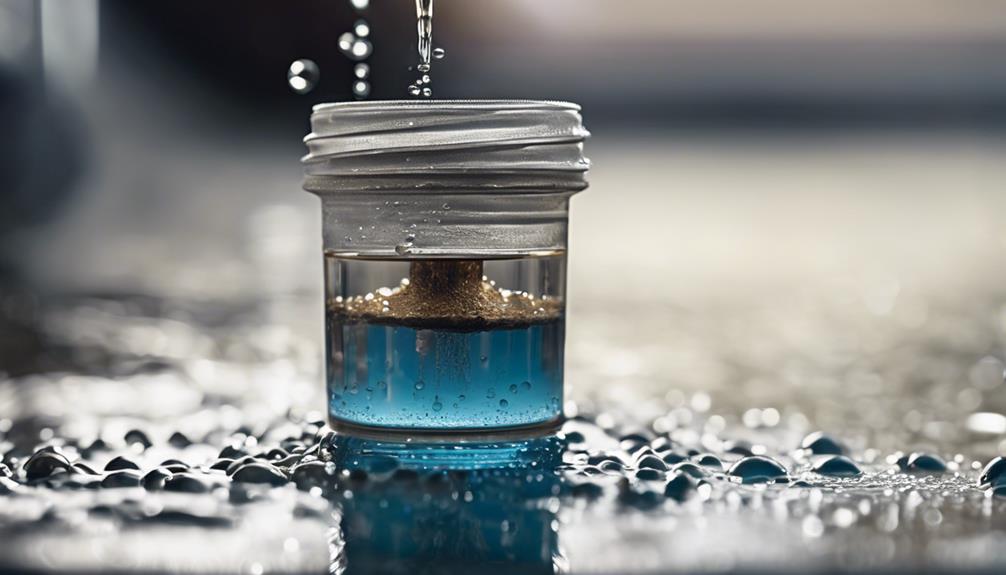
High levels of moisture or humidity in the environment can adversely affect the hardening process of Liquid Nails, potentially leading to subpar bonding results. Liquid Nails, like many adhesives, requires a dry environment to cure properly. Excess moisture can interfere with the adhesive's ability to form a strong bond by preventing it from evaporating properly. In humid conditions, the moisture in the air can mix with the adhesive, diluting it and affecting its chemical composition, ultimately hindering its ability to harden effectively.
To mitigate moisture or humidity-related issues when using Liquid Nails, ensure that the application area is well-ventilated and dry before applying the adhesive. Consider using dehumidifiers or fans to reduce humidity levels in the environment. Additionally, sealing gaps or cracks in the surfaces where the adhesive will be applied can help prevent moisture from seeping in and affecting the curing process. By taking these precautions, you can optimize the performance of Liquid Nails and achieve strong, durable bonds in various applications.
Expired or Old Liquid Nails
When dealing with the hardening issues of Liquid Nails, another factor to consider is the potential impact of using expired or old adhesive products. Using Liquid Nails that has passed its expiration date can lead to a variety of problems that hinder its ability to cure properly. Here are five reasons why expired or old Liquid Nails may fail to harden:
- Chemical Breakdown: Over time, the chemicals in the adhesive can deteriorate, affecting its performance.
- Loss of Adhesive Properties: Expired adhesive may lose its bonding strength, resulting in poor adhesion.
- Altered Consistency: Old Liquid Nails can become thick, lumpy, or separated, making it difficult to apply evenly.
- Reduced Shelf Life: Adhesives have a limited shelf life, and using them past their expiration date can lead to curing issues.
- Weakened Bond: The bond created by expired Liquid Nails may not be as strong or durable, compromising the overall integrity of the project.
To ensure optimal results, always check the expiration date of your Liquid Nails before use and replace any old or expired products promptly.
Inadequate Curing Time

Adequate patience during the curing process is essential for optimal performance of Liquid Nails. Inadequate curing time can lead to subpar adhesion and bonding strength. Liquid Nails require time to dry and cure properly to form a strong and durable bond. Rushing the curing process can compromise the effectiveness of the adhesive.
To ensure that Liquid Nails harden correctly, it is crucial to follow the manufacturer's instructions regarding curing time. Typically, Liquid Nails require at least 24 hours to cure fully. However, factors such as temperature and humidity can affect the drying and curing time. In colder or more humid conditions, additional time may be needed for the adhesive to harden completely.
If you are experiencing issues with Liquid Nails not hardening, consider giving it more time to cure before subjecting it to stress or weight. Patience during the curing process is key to achieving the best results with Liquid Nails and ensuring a strong and lasting bond.
Frequently Asked Questions
Can Using Liquid Nails in Cold Temperatures Affect Its Hardening Process?
Using Liquid Nails in cold temperatures can indeed affect its hardening process. Lower temperatures slow down the curing time, prolonging the adhesive's liquid state and delaying its setting. Optimal application conditions ensure the product's effectiveness.
Will Applying Too Much Pressure When Clamping Materials Together Affect the Curing of Liquid Nails?
Applying excessive pressure while clamping materials together can indeed impede the curing process of liquid nails. This can lead to uneven distribution of the adhesive, affecting its ability to bond effectively. It is crucial to strike a balance for optimal results.
Can Using Liquid Nails on Certain Types of Materials Cause It to Not Harden Properly?
Certain materials may not be compatible with liquid nails, affecting curing. Potential factors include surface porosity, moisture content, and chemical composition. Consider pre-testing on a small area or choosing an alternative adhesive for optimal results.
How Long Should I Wait Before Painting Over Liquid Nails to Ensure It Has Fully Hardened?
For optimal results, wait 7-14 days before painting over fully cured Liquid Nails. This duration allows the adhesive to harden adequately, ensuring a strong bond and preventing any potential issues with the paint adhering properly.
Are There Any Additives or Substances That Can Be Mixed With Liquid Nails to Help It Cure Faster?
There are no recommended additives or substances to accelerate the curing process of Liquid Nails. Following the manufacturer's instructions, ensuring proper ventilation, and allowing adequate drying time are essential for optimal adhesion and hardening of the product.

